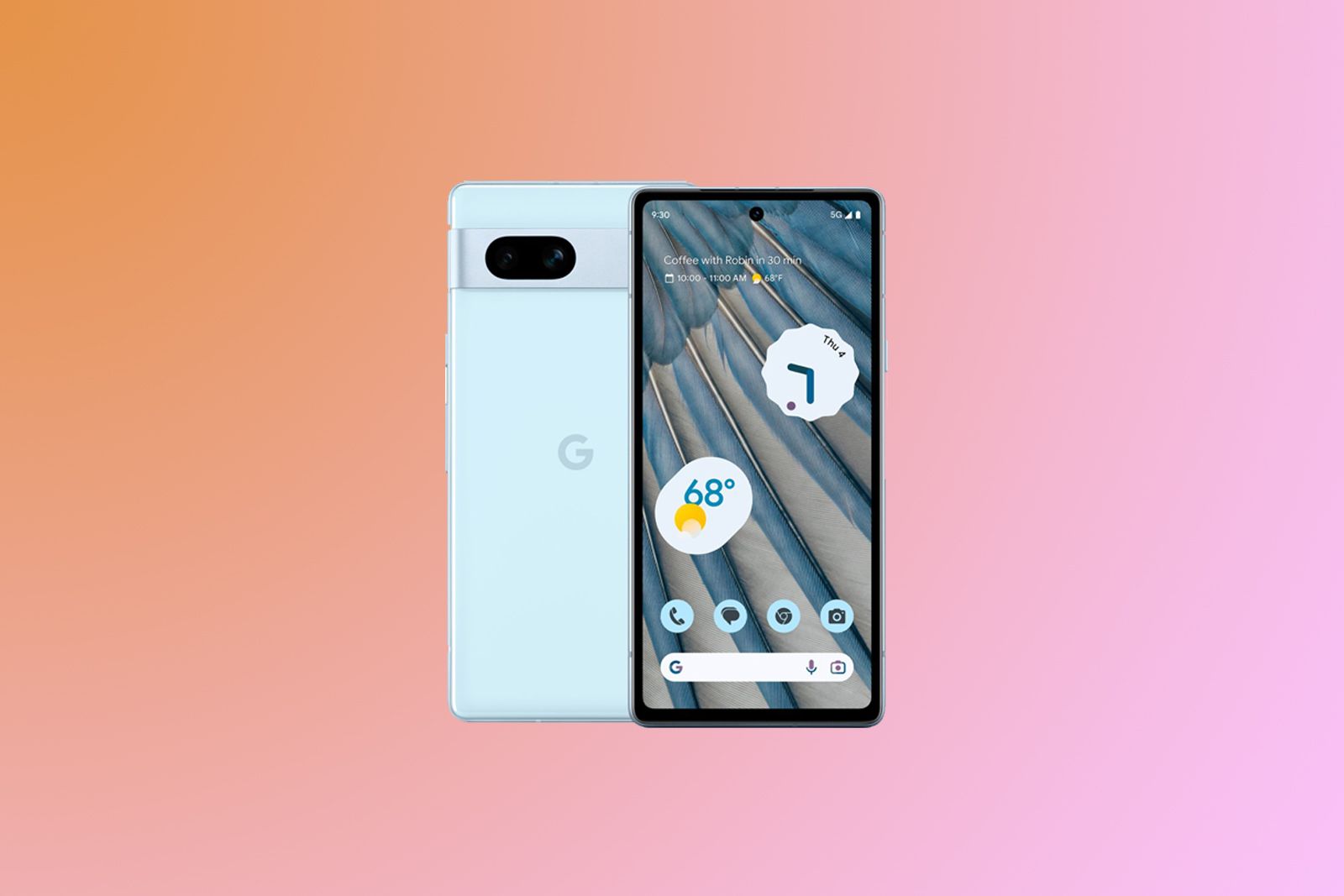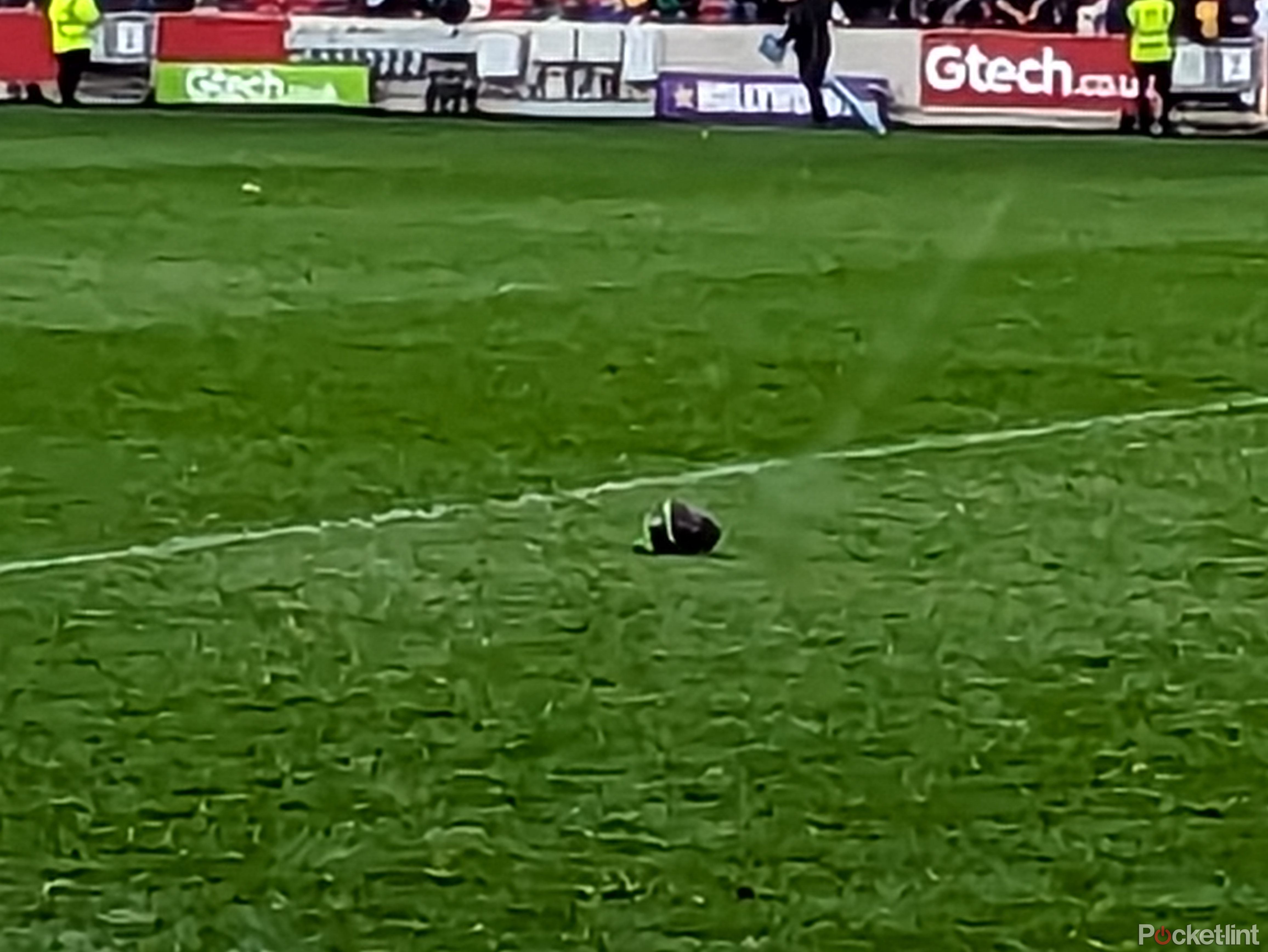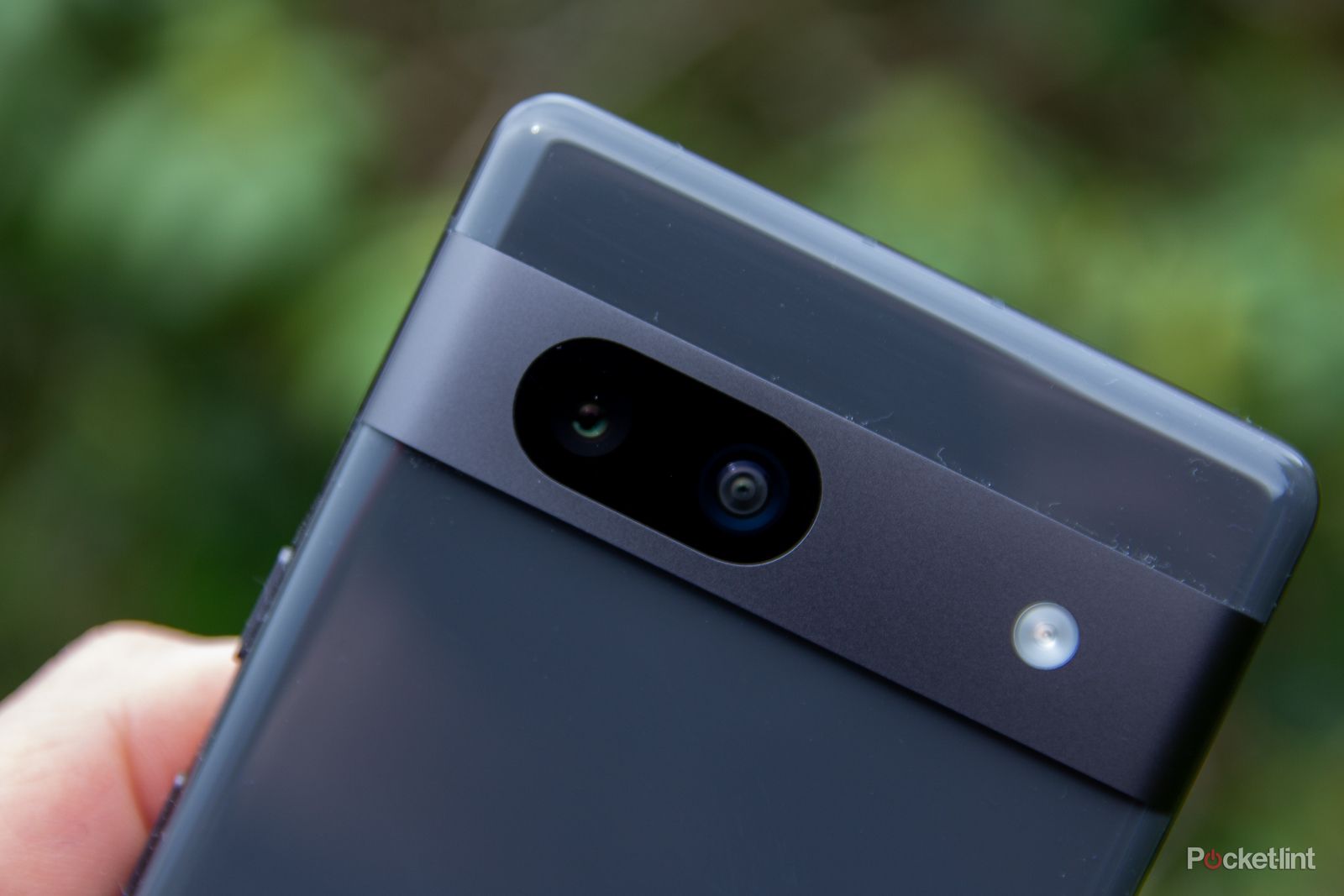Google has a full selection of phones available, from the future-looking Pixel Fold, through to the Pixel 7 Pro and Pixel 7 and finally the more affordable Pixel 7a. These devices get rave reviews, with the camera being the most widely praised aspect. They generally – apart from the Fold – offer good value for money, plenty of power and a nice clean Android interface free of bloat and alteration.
Yes, you can read all the Pixel reviews, and all the Pixel camera hot takes out there, but there’s a problem: the interaction between the lenses isn’t quite as slick as it should be, and that might catch you out.
I first noticed this problem when reviewing the Pixel 7 Pro, but it became more apparent when I reviewed the Pixel 7a where it’s a lot more obvious, making me go hunting for this error on recent Pixel devices – and it’s common to them all.
The problem occurs when you use the ultrawide camera. If you take a photo with the ultrawide and then switch back to the main camera and quickly take a photo, you’re taking a cropped image with the ultrawide, rather than with the more capable main camera.
Worse still, on those devices with only two cameras (the Pixel 7 and Pixel 7a) if you zoom from the ultrawide, you can get that Super Res Zoom – but not from the main camera, still from the ultrawide. Again, if you quickly take a photo, it’s still captured from the ultrawide camera. Below are two sample images from the Pixel 7a, the first is 8x from the ultrawide because the camera didn’t switch, although the viewfinder did, and the second is 8x from the main camera – and you can see how radically different the quality is.
Because of the camera error, those goslings look like an omelette in first image, rather than the fluffy cuteness they are in the second.
The problem here is that the Pixel 7a in particular doesn’t switch lenses fast enough – and this is common to other Pixel devices too. You have to wait for the physical change between lenses, not just the visual change you see in the viewfinder.
It’s easy to test this: stick your finger over the main camera lens, then switch to the ultrawide camera and take a picture. Then tap the on-screen button for 1x (the main camera) and you’ll still see the view before it switches and you see your finger. If you take a photo during that switching phase, it won’t be from the correct camera.
Below is another image taken at 8x zoom that shows the problem. This abandoned head guard on a rugby pitch is a pixellated mess. It’s not Super Res, it’s Super Bad.
The other way you can check that you’ve taken the photo with the wrong lense is by checking the aperture. That’s the f/ number that appears on photos – for example on the Pixel 7 Pro, the ultrawide is f/2.2 and the main camera is f/1.9 – as I’m writing this, I can take a photo on the ultrawide, switch to the main camera and take another photo and it has an f/2.2 aperture, telling me it was taken with the wrong lens.
Why does the Pixel use the wrong lens?
It’s common for smartphones to use the image from the lens you’re moving from rather than instantly switching. It’s designed to give a smoother transition around the camera UI, which is what the Pixel is doing. The problem is that if you take a photo too quickly, the lenses haven’t switched, but the camera still snaps the photo. If you’re taking photos quickly at a range of different zoom lengths then you might bump into this problem a lot which is how I first spotted it.
It’s most apparent on the Pixel 7a. That might seem odd, as the Pixel 7a has the same core hardware as the Pixel 7 models, but it’s noticably slower when moving lenses. The Pixel 7 also suffers the same problem and in both these devices it’s possible to end up with digitally zoomed images that are actually from the ultrawide camera. The Pixel 7 Pro is slightly better: it switches lenses faster (but you can still catch it out), and importantly, if you switch to the dedicated telephoto on the 7 Pro, this change is instant, so you don’t get the same issue with zoom photos.
There are some instances where smartphones pretend to use a different lens and do so deliberately. For example, some phones in low light will offer zoom options, but don’t use the telephoto lens. Instead they digitally crop the main sensor which has a wider aperture and a larger sensor, so will let in more light than the telephoto lens in those conditions. This actually works in the user’s favour, because you’re then using the best camera on the phone rather than the telephoto, which in low light is often the worst choice.
But the way that Pixel phones are switching lenses, it’s relatively easy to take a bad photo when you move from the ultrawide camera back to the main.
How can I fix the Pixel camera problem?
Well the first thing is to slow down. I’ve encountered this problem a lot because I switch cameras and quickly take photos. Typically, when testing phone cameras for review, I’ll step through all the zoom options taking photos at each – it helps me look for quality and consistency between the different lenses. Except this bug meant I was just looking at images at different crops from the same camera.
Just going from taking photos on the ultrawide and then to 1x seems to cause the problem. However, it’s worth noting that this only happens when using the cameras in succession. If you take a shot, put your phone away, then get it back out and take another photo later with the main camera, it’s not an issue. If you take photos in a slow and deliberate fashion then you should be fine – but at the same time, if you have an image that’s shocking quality and you don’t know why – this could be what caused it.

Google Pixel 7a
The Pixel 7a is Google’s latest mid-range phone. It succeeds the Pixel 6a, and sits alongside the Pixel 7 and Pixel 7 Pro, offering a number of great specs and features and bridging the gap even more between flagship and mid-range.
Post Disclaimer
The information provided in our posts or blogs are for educational and informative purposes only. We do not guarantee the accuracy, completeness or suitability of the information. We do not provide financial or investment advice. Readers should always seek professional advice before making any financial or investment decisions based on the information provided in our content. We will not be held responsible for any losses, damages or consequences that may arise from relying on the information provided in our content.




